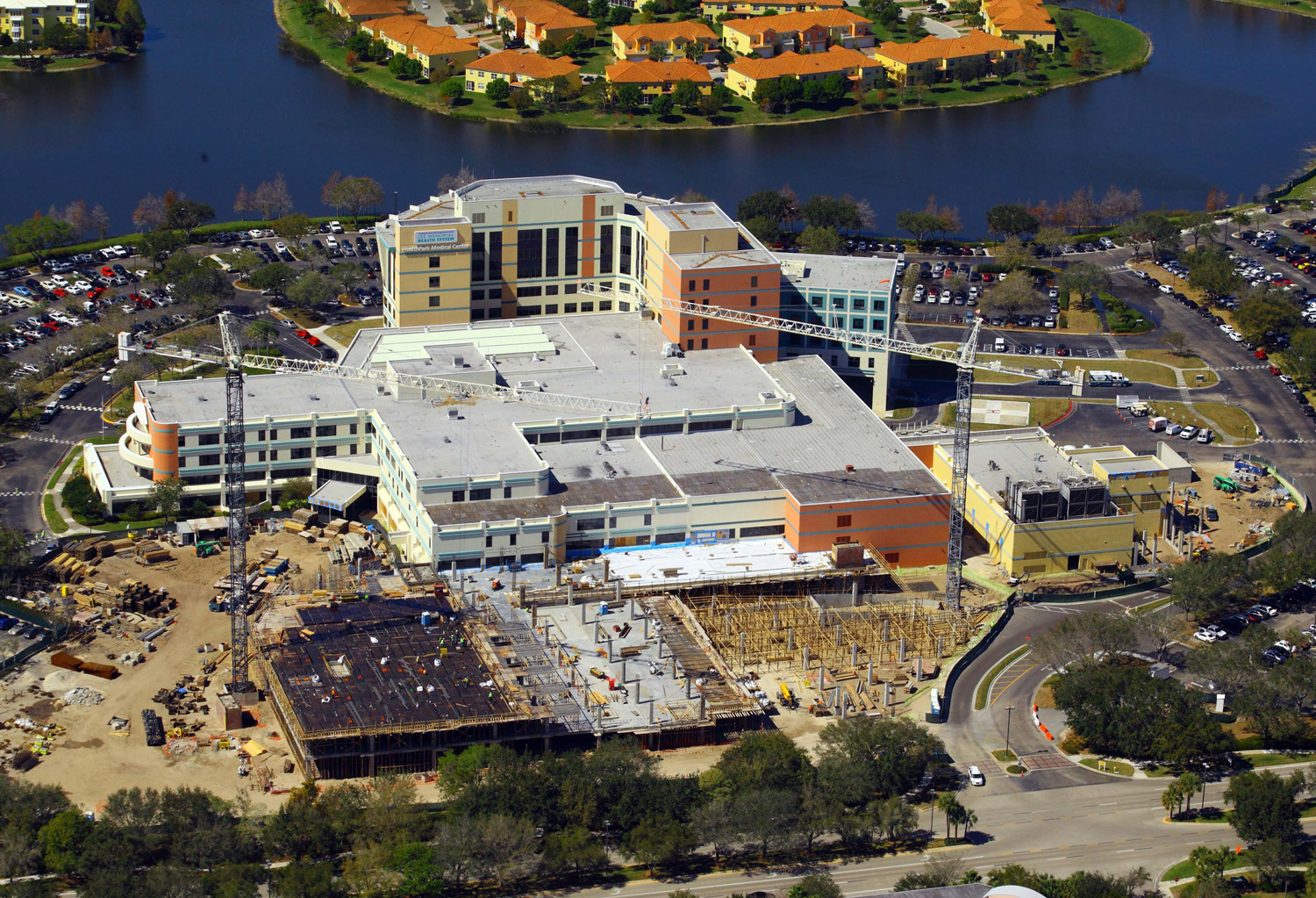When evaluating and analyzing the construction market, we usually break it down into three main construction categories or segments: Residential, Non-Residential and Non-Building.
- Residential includes single-family and multi-family housing in both condominiums and rental apartments.
- Non-Residential includes commercial, institutional, industrial and public buildings.
- Non-Building is what some call civil construction encompassing infrastructure, roads and bridges, and more.
Construction in each of these categories is driven by different market demand characteristics and that is why they are commonly forecasted separately. Below we take a deeper dive into each of the three segments and make consensus forecasts for the coming year.
Residential Forecast
Six percent growth in the Residential segment is expected for both 2017 and 2018. Multi-family housing is tapering off and will reach its peak in 2017, but single-family will pick-upand have 9% growth in 2017 and 2018.

Multi-family starts have started declining, with starts figures for the first few months of 2017 averaging 345K units, while the six months before that averaged 392K units.
Single-family (private, new) Put-in-Place figures for August 2017 show a 11.6% increase from the previous year, but builders are struggling to find land, and lot prices are increasing, which in turn limits their ability to provide entry-level housing (under $200K homes) – one of the risk factors for residential construction. Another issue is financing, which you can read more about here.
Residential growth is supported by population, household formation, economic conditions, and mortgage rates (even with the Fed increasing rates, mortgage rates are still at historic lows); all which continue to contribute positively to the segment.
Non-Residential Forecast
Education and public buildings are expected to lead growth in 2018 in the Non-Residential segment, with a 6% increase.

Driven by a stronger economy and improved employment conditions, office construction is also expected to grow 6%. However, hotels and other non-residential (including stadiums) are expected to decline in 2018. Together with a rebound in retail, total commercial construction is expected to grow just 2%.
Healthcare remained stable in 2017, amid uncertainty regarding healthcare policy changes, but activity is expected to pick up to 5% growth in 2018.
Non-Building Forecast
Four percent growth is expected for the Non-Building category, mainly due to growth in the roads and bridges sector, which is expected to increase 6%. 
This segment overall is very much driven by government programs. In June 2017, the FASTLANE initiative was converted into the Infrastructure for Rebuilding America (INFRA) program, which includes ten highway and bridge projects, two transportation logistics projects, three port projects, and three railways infrastructure projects. Despite all of the INFRA projects, Infrastructure is expected to remain stable in 2018 with just a 3% growth increase.
Also in June 2017, the “Rebuild America’s Infrastructure” plan details were revealed, but debate and voting on an infrastructure bill will probably not happen until later this year.
According to recent accounts, it looks like this infrastructure plan will be the next Trump administration agenda item now that the Tax Bill has passed. In the meantime, state and local governments continue to feel the pressure and are seeking their own funding efforts.
To see more details about what we are forecasting for the different end-markets, download the full 2018 report.


